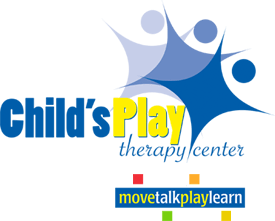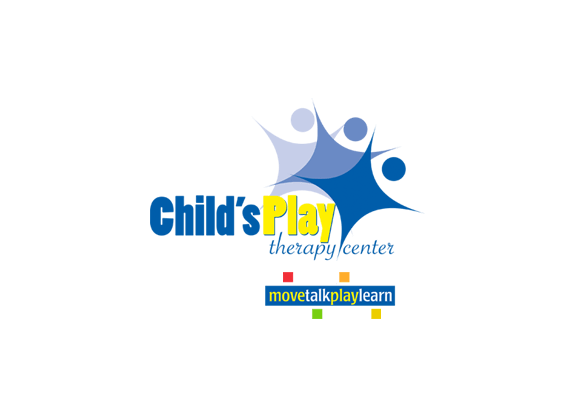 No one can question the fact that technology has changed how we do things. One of the things it has changed is written communication. Most of us depend on technology on a daily basis to communicate via e-mails and texts. Today’s schools provide students with access to computers and tablets for research as well as for completing some written assignments. However, did you know that 1st and 2nd graders spend about 70% of their day with a pencil in their hand? The pencil is still the #1 form of written communication in elementary school classrooms, and that’s the way it should be! Studies show that there is a neurological process that takes place when children hand write their letters that doesn’t take place when you hit a key on a keyboard. That neurological process not only improves writing skills, but it also helps children learn to read. A complex process occurs as the hand graphically creates the letters and the brain interprets that letter both visually and kinesthetically, helping children make a connection between the eyes, the brain, and the hand that just won’t happen with keyboarding.
No one can question the fact that technology has changed how we do things. One of the things it has changed is written communication. Most of us depend on technology on a daily basis to communicate via e-mails and texts. Today’s schools provide students with access to computers and tablets for research as well as for completing some written assignments. However, did you know that 1st and 2nd graders spend about 70% of their day with a pencil in their hand? The pencil is still the #1 form of written communication in elementary school classrooms, and that’s the way it should be! Studies show that there is a neurological process that takes place when children hand write their letters that doesn’t take place when you hit a key on a keyboard. That neurological process not only improves writing skills, but it also helps children learn to read. A complex process occurs as the hand graphically creates the letters and the brain interprets that letter both visually and kinesthetically, helping children make a connection between the eyes, the brain, and the hand that just won’t happen with keyboarding.
It’s important that we recognize the importance of technology. Sometimes parents see this conflict as “handwriting VS. technology”, but that doesn’t have to be the case. Children who can write effectively and be efficient users of today’s technology are success bound! Can you imagine how crippled you would feel if you were without either of those skills? Unfortunately, many of our classrooms are no longer instructing children to write properly and just let children copy letters from a model without regard to how the letters are formed. Consistent letter formation is extremely important, both for legibility as well as for speed. We shouldn’t let the presence of technology eliminate the good, foundational skill of actually teaching children to write.



